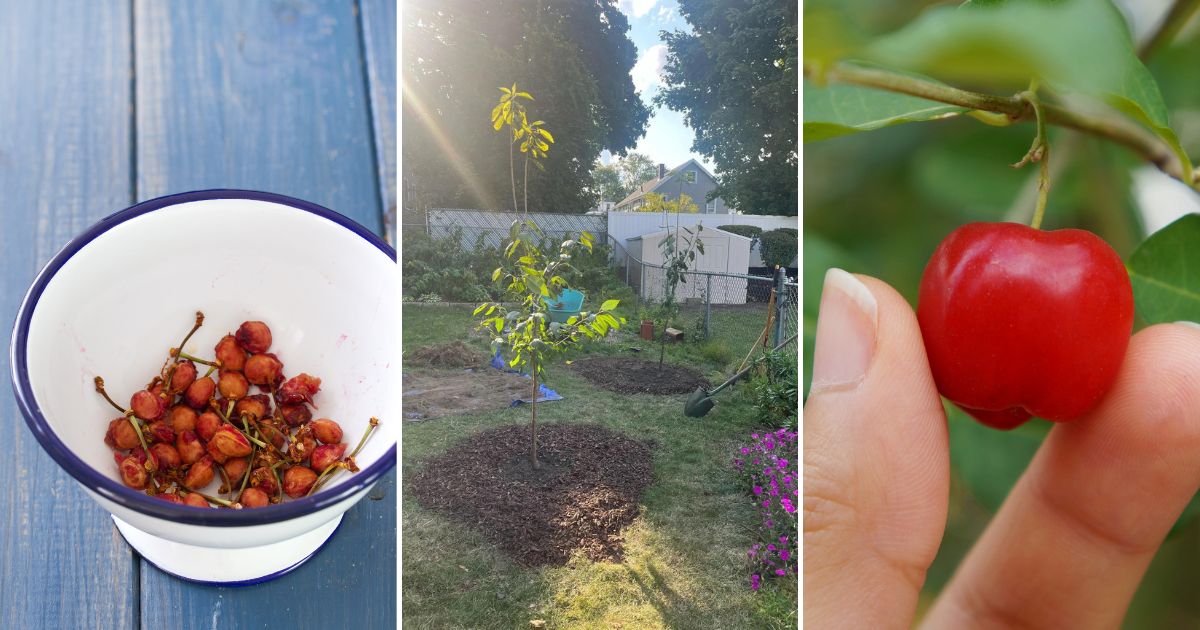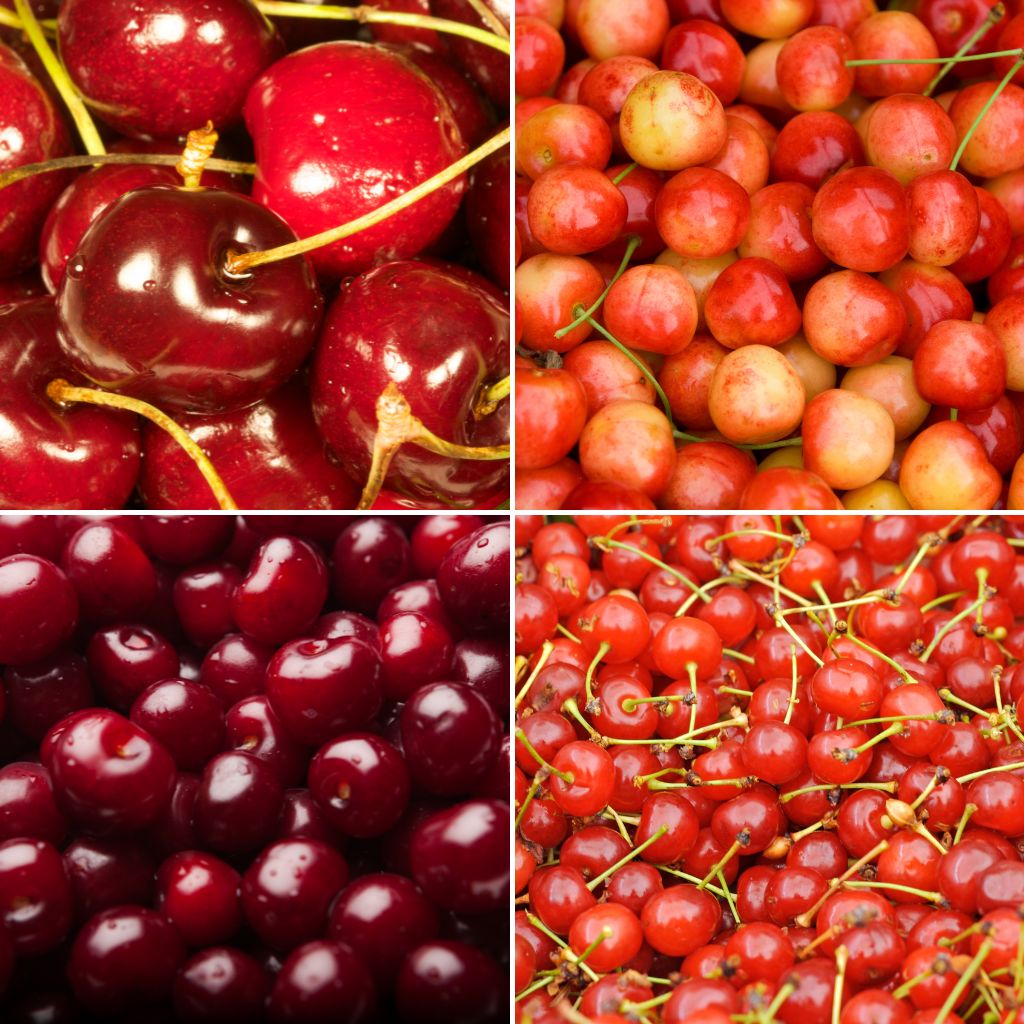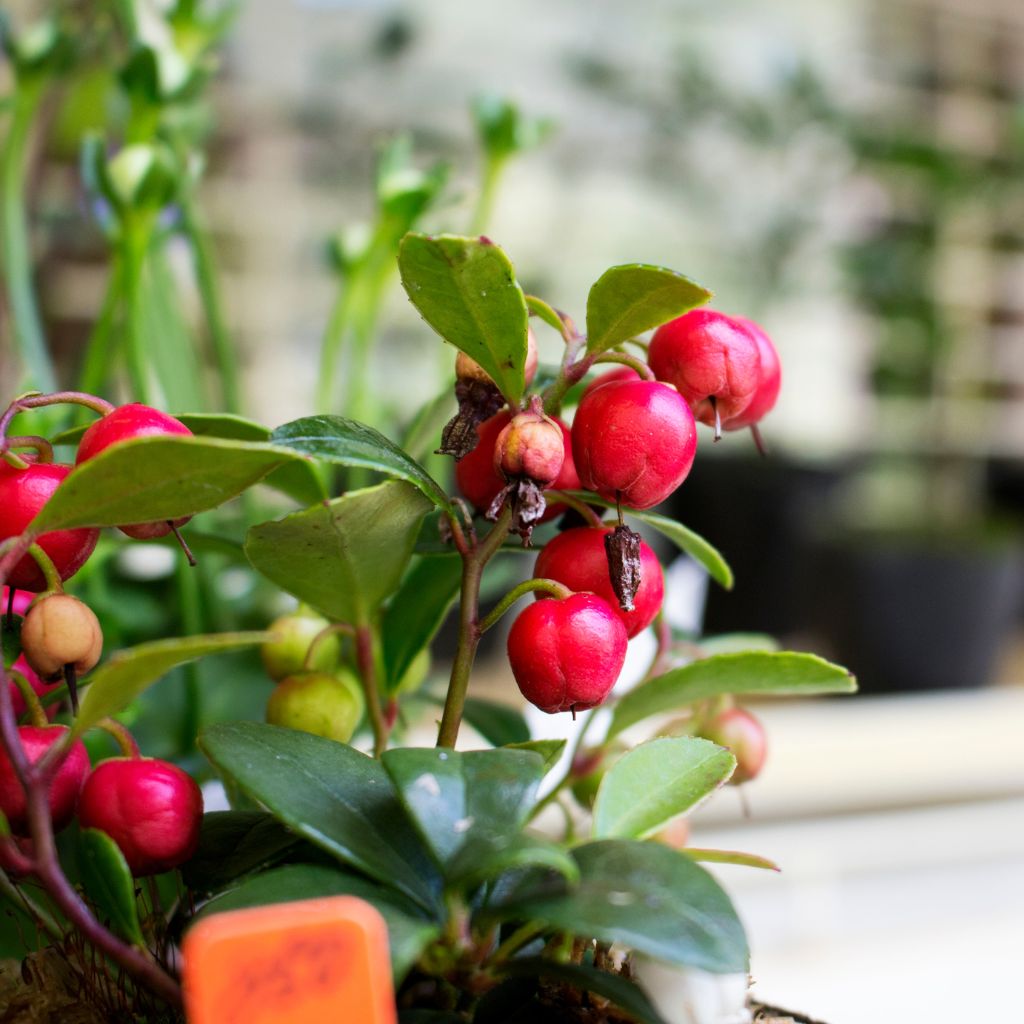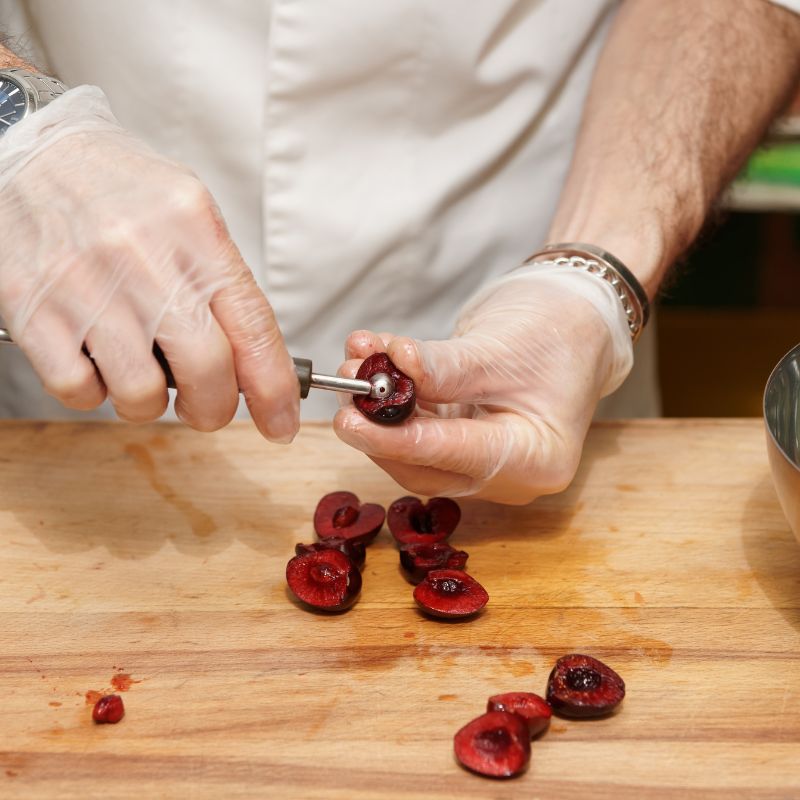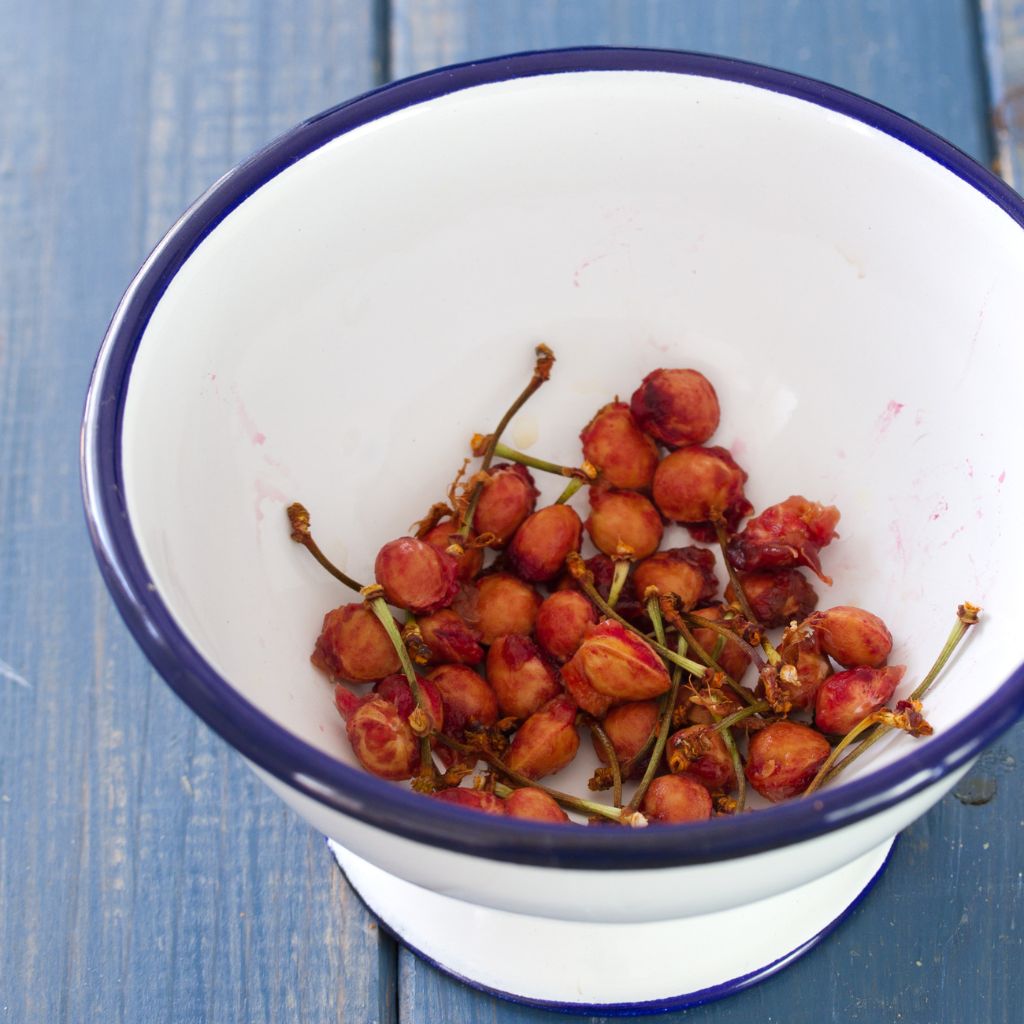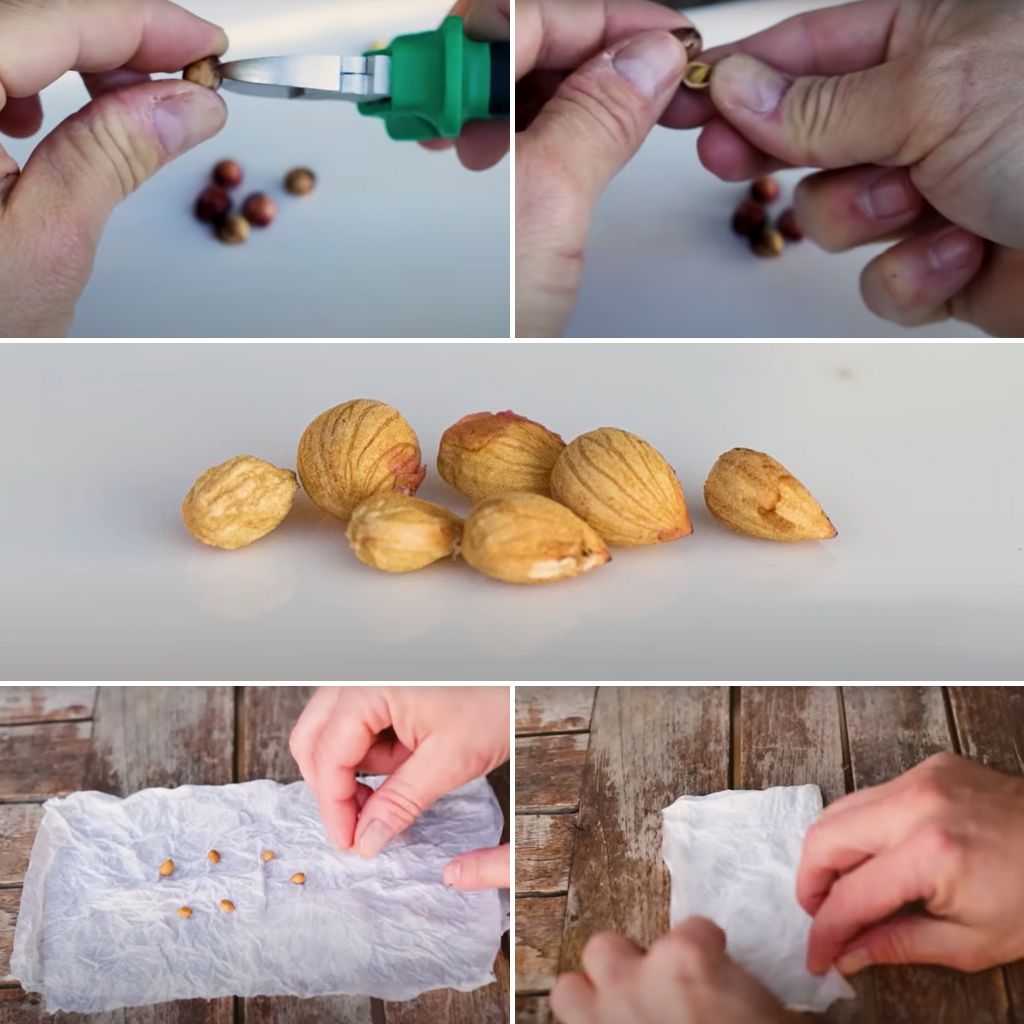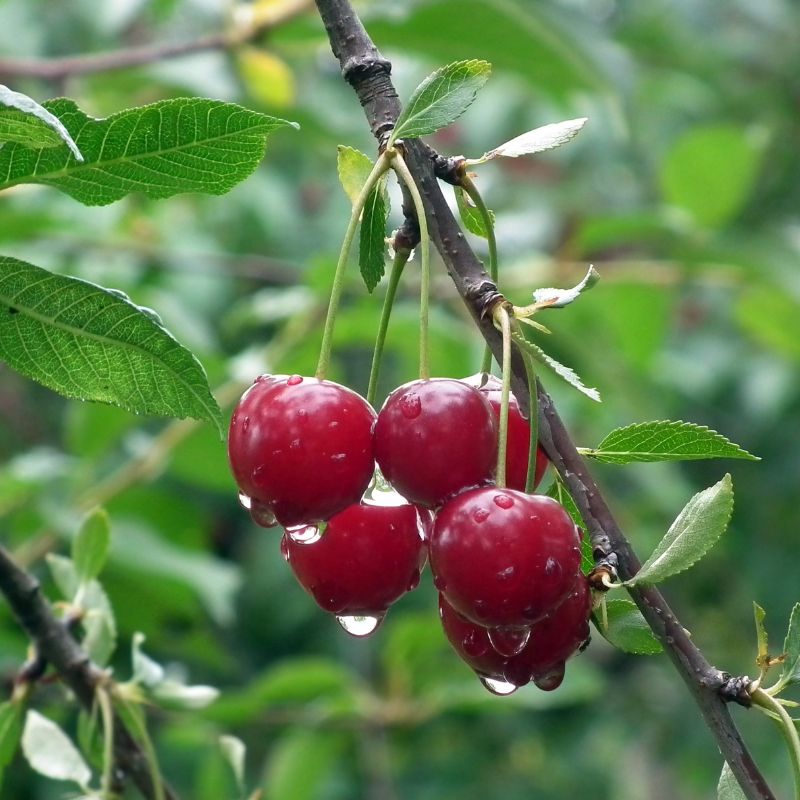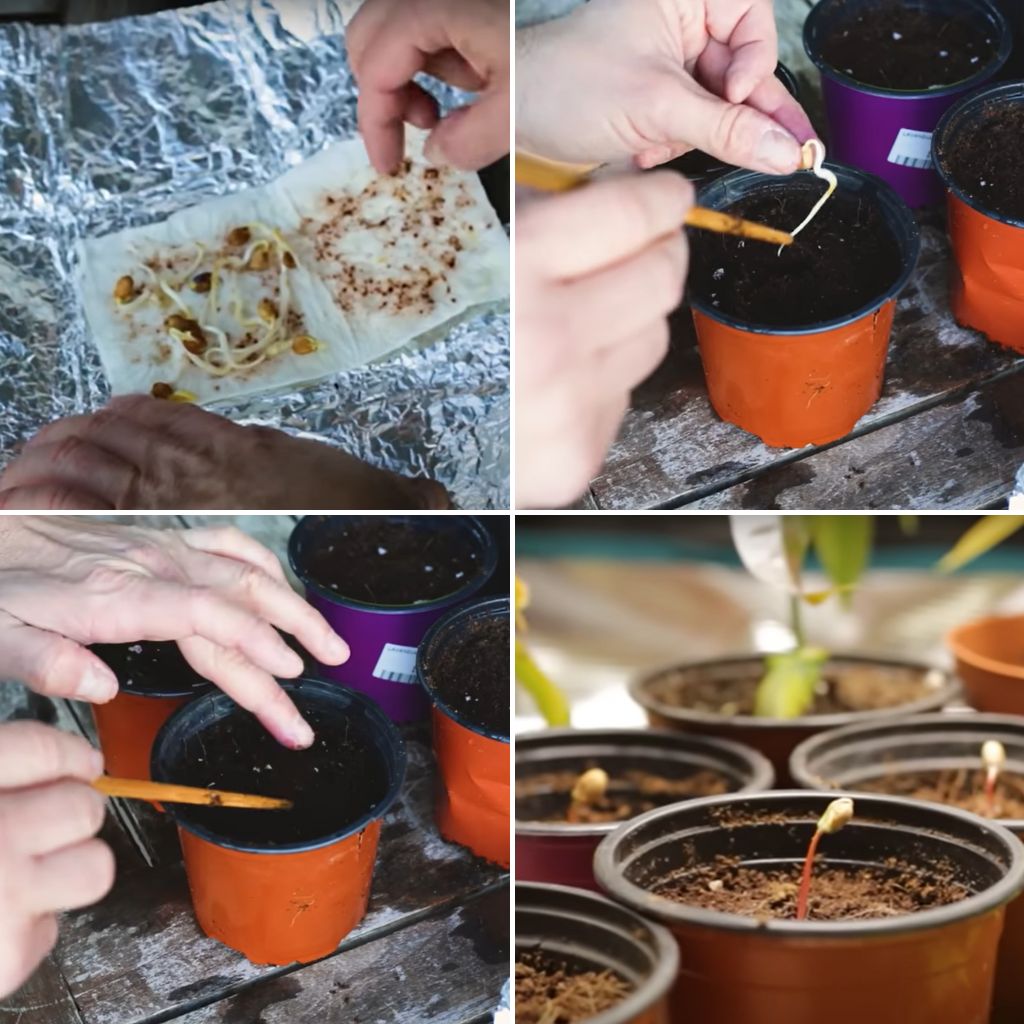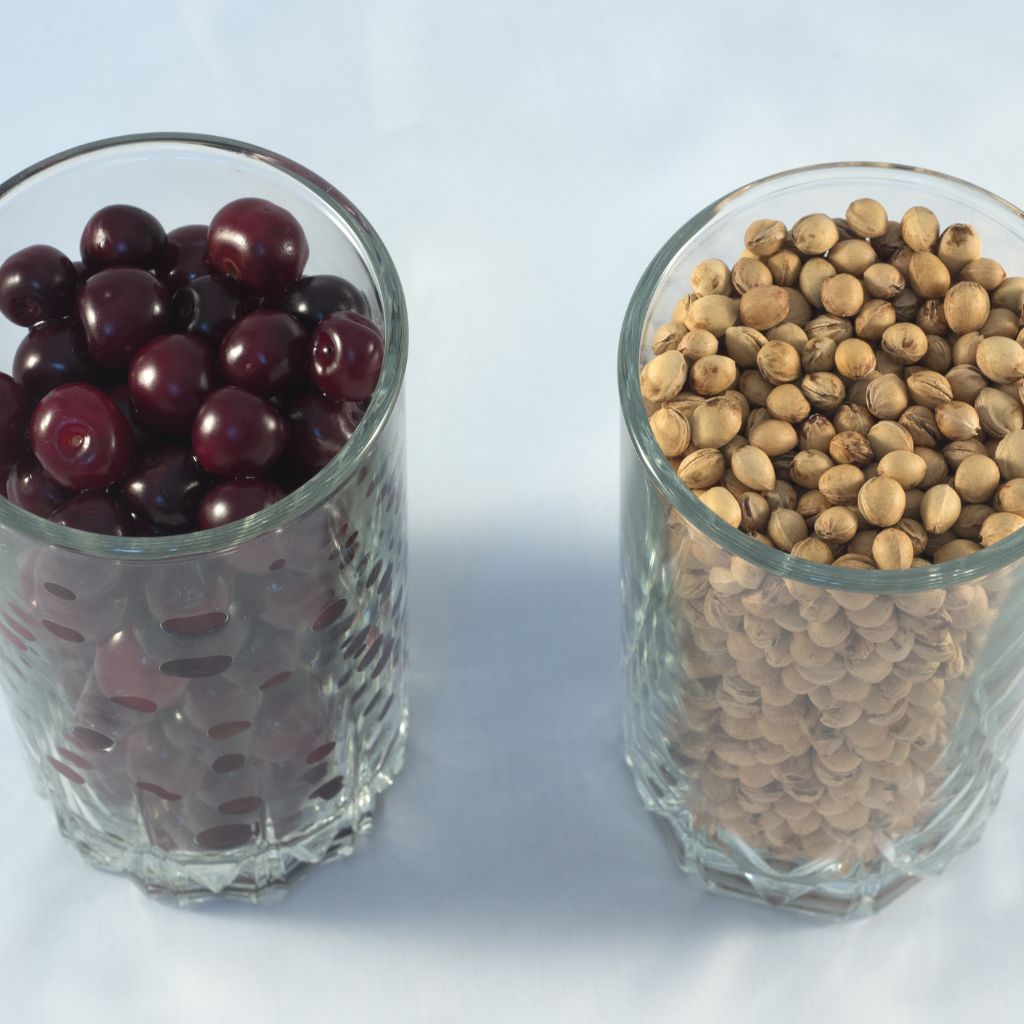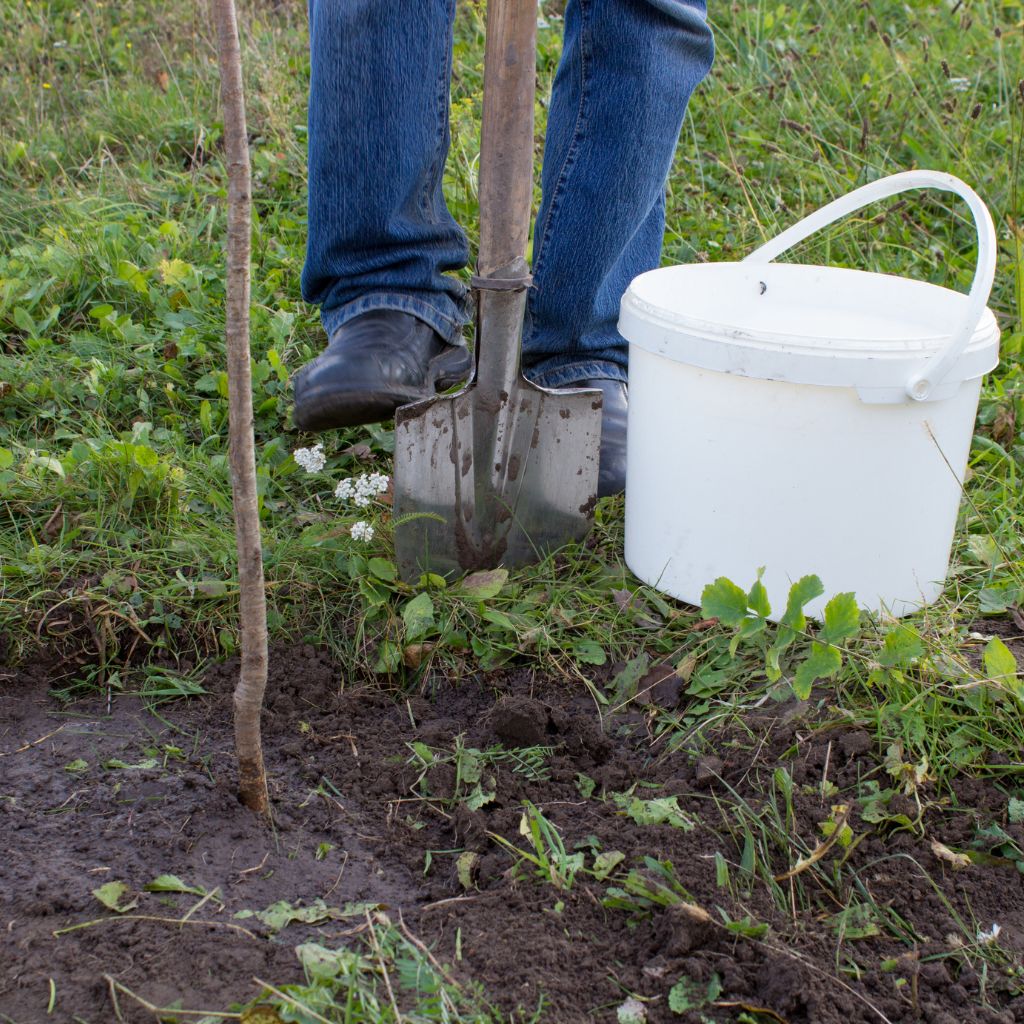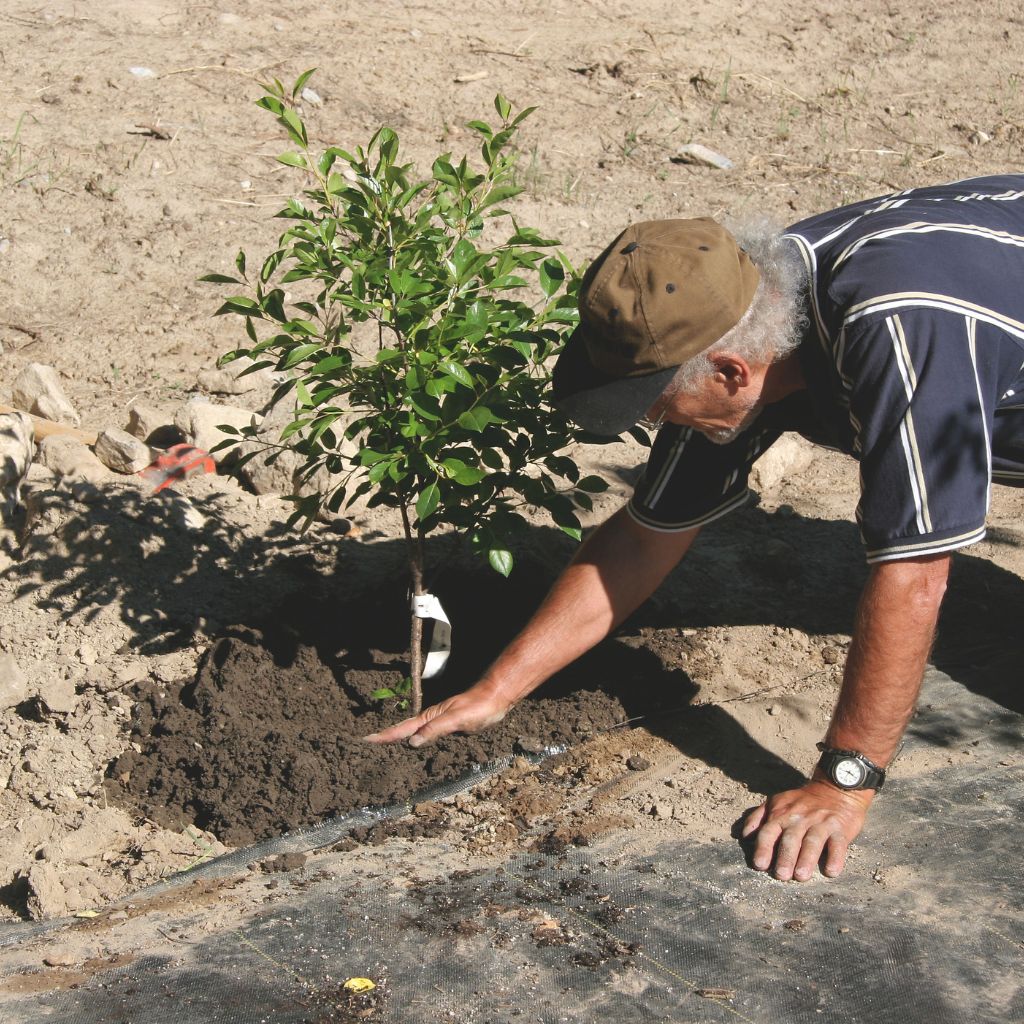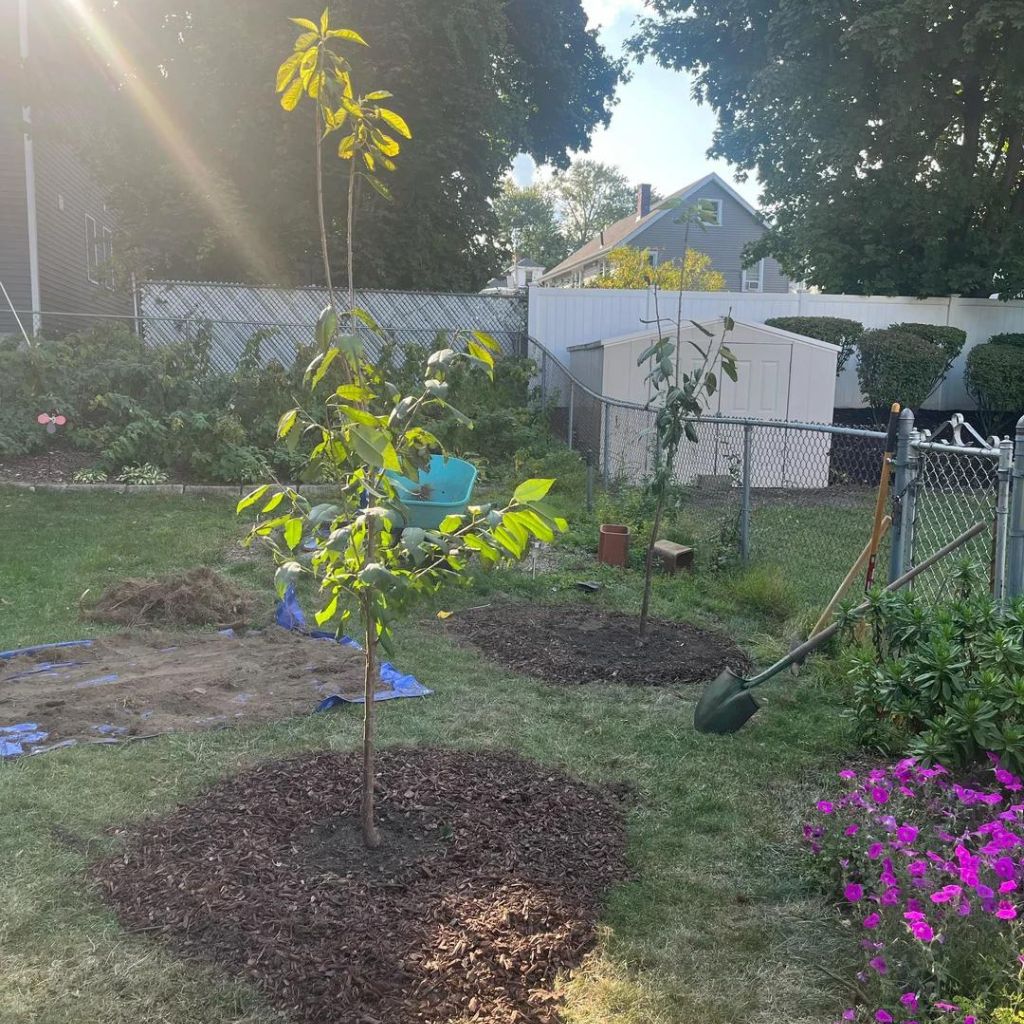Cultivating your own cherry plant from a stone can be a satisfying and cost-free journey, and it all starts right from the comfort of your kitchen.
In just seven days, you can kick-start the growth of cherry plants without spending a dime. This exciting process is perfect for both seasoned gardeners and beginners eager to bring a little piece of nature into their homes.
You’ll learn simple and practical steps that transform a humble cherry stone into a thriving plant. With some basic household items and a bit of creative nurturing, you can set off on a botanical adventure. Watch your cherry plants sprout and develop as they begin their life in your care.
No need for expensive gardening tools or special expertise. This quick guide promises to make planting cherries an enjoyable and effortless experience. By the end, you’ll be well on your way to growing your own cherries, sweetening your life with every juicy bite.
Cherry Plant Basics
Dive into the essentials of cherry growing, including the various cherry types and the benefits of having your very own cherry plants at home. Arm yourself with this fundamental knowledge to ensure a fruitful cherry-growing adventure.
Cherry Varieties and Characteristics
Cherries are beloved for their taste and versatility. Sweet cherries, like Bing and Rainier, are perfect for fresh eating.
Sour cherries such as Montmorency are ideal for baking and preserves. Each variety has distinct taste profiles and growth habits that impact where and how you grow them.
Sweet cherries typically require more space. They thrive in milder climates. Sour cherries are hardier, making them suitable for cooler regions.
Understand the pollination needs, as some cherries need compatible partners to produce fruit, while others are self-pollinating.
Benefits of Growing Cherries at Home
Growing cherries at home yields fresh produce and enhances your garden’s beauty. Fresh cherries are packed with vital nutrients, including antioxidants, vitamins A and C, and dietary fiber. They offer a healthy snacking option right from your garden to your table.
Home-grown cherries save money. You cut down on the cost of store-bought produce. They allow for organic cultivation, where you have control over the growing conditions. This ensures your cherries are free from harmful chemicals, boosting your family’s health.
Preparing the Stone for Planting
Before growing cherries, it’s crucial to start with the right cherry stones and prepare them through stratification. These steps help ensure successful germination and growth.
Selecting the Right Cherry Stones
Choose fresh cherries from a local source if possible. Fresh stones tend to have higher germination rates. Once you enjoy the cherries, save the stones. Avoid using stones from processed or canned cherries as they may not sprout.
Next, examine the stones for any visible damage. Damaged stones might not germinate. Opt for stones that are whole and firm.
If you’re using multiple stones, it’s a good idea to select more than you plan to plant. This increases your chances of having successful seedlings.
Stratification Process Explained
Stratification mimics natural winter conditions to prepare the stone for germination. Begin by cleaning the cherry stones thoroughly. Remove any remaining fruit pulp. This will prevent mold growth.
Place the stones in a container filled with damp peat moss or sand. Ensure the material is moist but not soaking wet. Then, seal the container and store it in the refrigerator for 10 to 12 weeks. This cold period is crucial for breaking the dormancy of the seed.
After stratification, your stones should be ready to plant. Check the moisture regularly, ensuring the medium remains damp throughout the process.
Planting and Germinating the Stone
Planting cherry stones involves preparing the right soil and pot, as well as ensuring proper sowing techniques for optimal germination. Starting with a solid base sets you on the path to growing your cherry plant effectively.
Soil Preparation and Pot Selection
Choose a well-draining soil mixed with organic matter. This blend ensures your cherry stone gets the nutrients it needs while preventing excess moisture.
A mix consisting of half potting soil and half compost is an excellent choice. Avoid soils that retain too much water, as this can cause the stone to rot.
Select a small pot with drainage holes to start your germination process. A pot size of about 4-6 inches in diameter is perfect, providing enough room for the young roots to spread.
Using a pot with holes ensures excess water can escape, maintaining optimal moisture levels.
Sowing Techniques and Initial Care
Before sowing, soak the cherry stone in water for 24 hours. This will help soften the outer shell and speed up germination. Once ready, plant the stone about 1 inch deep in the prepared pot. Ensure it is covered entirely with soil to retain moisture.
Place the pot in a warm location, ideally where temperature remains around 70°F. Water the pot lightly, ensuring the soil remains damp but not soggy.
Check moisture levels regularly to prevent drying out. Once the sprout appears, move the plant to a sunny spot to encourage further growth.
Nurturing Your Cherry Plant
Cultivating a cherry plant is both rewarding and enjoyable. To ensure your cherry plant thrives, focus on its watering and feeding needs alongside proper pruning and support techniques.
Watering and Feeding Schedule
Consistent moisture is crucial for your cherry plant. Water it every two days, keeping the soil slightly moist but not saturated.
During particularly hot weather, daily watering may be necessary. Consistency helps prevent drought stress, which encourages strong growth.
Nutrients are essential for development. Fertilize once a month with a balanced, slow-release fertilizer.
Ensure the mix includes nitrogen, phosphorus, and potassium. Add a thin layer of compost around the base every couple of months to improve soil quality. These steps support healthy growth and enhance fruit production.
Pruning and Supporting Your Cherry Plant
Pruning is necessary to shape your plant and encourage fruit development. Trim dead or damaged branches to redirect energy.
This can be done annually during the dormant season, typically in late winter. Aim for an open center to enhance air circulation and sunlight penetration.
Supports may be required as your plant grows. Use bamboo sticks or soft ties to help stabilize the main stem. Keep an eye on growth and adjust supports accordingly.
Proper support ensures that your plant can bear the weight of cherries without suffering damage.
